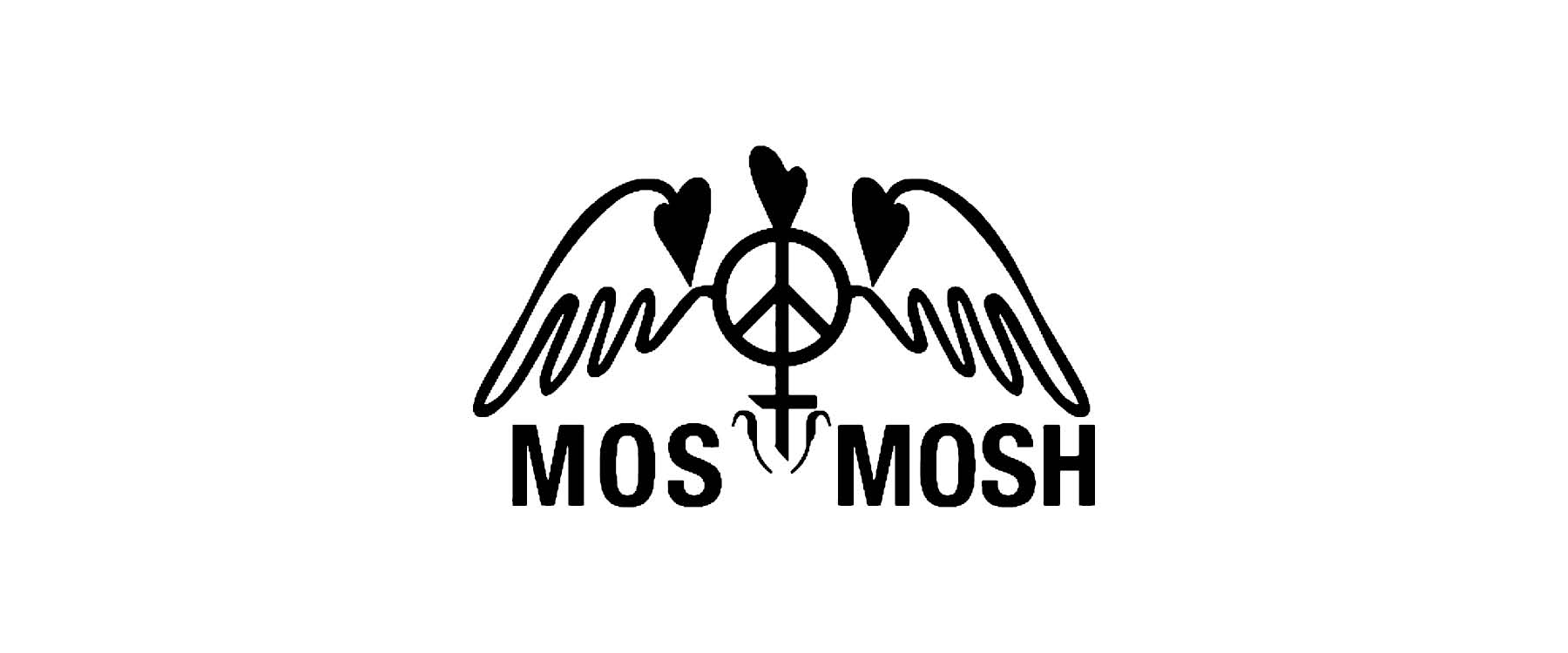
To learn more about the Consortium visit. MOSH is a proud member of the Jacksonville History Consortium. Approximately 1/3 of this collection is paper materials such as postcards, books, and documents 1/3 is photographs and negatives the last third is a variety of three dimensional objects. While there is no particular area of focus within the Northeast Florida sub-collection, strengths of the collection are businesses, such as the Cohen Brothers banking, especially Barnett Bank correspondence, churches, arts, especially Norman Studios land and city development, transportation, especially trains and maritime architecture, and newspapers. The Museum’s recent history collection span from the 1700s-2000s, though the majority falls between the late 1800s and the mid-1950s. The majority of MOSH’s local archaeological holdings are from the Dent and Mayport Mounds which span 500 B.C.E. MOSH’s Northeast Florida history collections encompass the pre-history and recent history of Northeast Florida. The themes included throughout the Library reflect sub-groups within the collections, permanent and signature exhibits, as well as local history, and science. The Library Collection includes literature that aids in the research and development of collections and exhibitions. The collection is comprised of personal correspondence, institutional documents, promotional materials, program and exhibit write-ups, as well as pictures. The MOSH Archives document the history of the Museum of Science & History from the mid 1930s to present. It contains approximately 25,000 objects that relate to, and can be used to interpret, the peoples, cultures, and important events of Northeast Florida and the world, dating from pre-history to the present. The History Collection has intrinsic value to the study and interpretation of regional history in support of the museum’s mission. The Living Collection is made up primarily of specimens that are native to Northeast Florida with several invasive and non-native species included for comparative purposes.

The Living Collection inspires appreciation and respect for Northeast Florida’s wildlife in support of the museum’s mission. The Living Collection consists of more than 80 live zoological specimens who are cared for and exhibited on a permanent basis including mammals, birds, reptiles, amphibians, fish, and invertebrates. The Collection also contains non-regional specimens for the purpose of comparative study and display. The collection consists of over 10,000 non-living zoological, botanical, paleontological, and geological specimens mostly local to Northeast Florida. The Natural Science Collection has intrinsic value to the study and interpretation of science, which supports MOSH’s mission.

Some of the original collections still remain in the Museum’s holdings, but new acquisitions are restricted to items with known provenance in Northeast Florida. As the Museum’s mission has shifted to support the needs of the community, its collecting scope has narrowed to natural sciences and regional history. When the Museum began collecting in the 1940s, its focus was global and all encompassing. The collections are: Natural Science Collection, Living Collection, History Collection, MOSH Archive, and the Library Collection. MOSH manages more than 36,000 objects and specimens broken into six distinct collections for the purposes of exhibition, research, reference and hands-on learning.


 0 kommentar(er)
0 kommentar(er)
